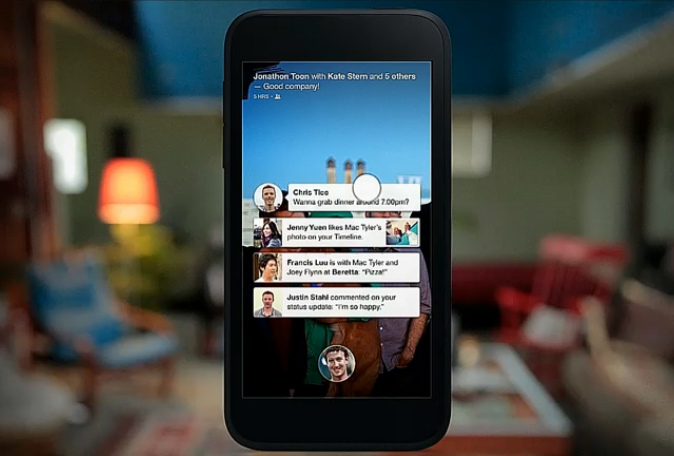In today’s smartphone market if I say “powerful high end phone” what do you think?
I bet you thought about either the new iPhone or a Samsung, HTC, or LG Android phone. These phones are indeed powerful, high end, premium, and fast and have all the latest features. What else do they have in common? Huge screen sizes. The iPhone 6 is the smallest of the bunch and still usable in one hand however on the Android side it seems that every flagship phone is over 5 inches now. This makes it very difficult for individuals with petite hands to handle these large phones.
Is there a market for the small Android smartphone? I believe so. Per our in class discussion regarding new product opportunities one of the many ways to enter the market place is by “Understanding the customer.” Companies recognize that people want smaller phones so companies make “mini” versions of their flagship phones, this is only done within the Android camp; however, these mini smartphones are underpowered so they are not a flagship any longer. There are many articles online about how there should be more small smartphones for customers that don’t sacrifice power and premium feel.
There is a new phone that was just released called the Sony Xperia Z3 Compact that I believe meets the needs of many consumers in the US market. The phone is small and does not compromise on power or premium feel. I think Sony did a great job with the phone because it fills a gap in the smartphone market. Looking at this situation using a hypothetical QFD approach Sony identified a need for a small no compromise smartphone. Sony filled that need by developing a phone with great battery life, a small form factor and high end specifications. Sony related customer wants (small form, performance) to its product how’s by pairing the phone with a powerful battery, great camera, small size and other premium specifications. Sony looked at the requirements of the phone and tried to find relationships between the firms “how’s” so that they could build a phone consumers want. Sony could pair its energy saving software with a powerful battery for better battery life or use its display (TVs) expertise to develop a low energy vibrant display for the phone. Sony had to make some compromises in order to keep the cost and size within reason so Sony had to develop some customer importance ratings such as small size, screen pixel density, battery life, camera, etc. and rate them. Sony then could evaluate competing products against the Z3 compact and see how it compares. Finally, to complete its QFD analysis Sony would compare the performance of the product to the desirable technical attributes. This would mean testing for battery life, screen quality, camera quality and performance, bendiness, etc. Once Sony determines its phone meets the specifications it desires it can then release it to the public.
Going through this QFD approach for a new ‘standard challenging’ product helped me understand the process greatly and really appreciate the effort that goes into developing a new product and building a QFD house of quality.
What you do you think about the trend in smartphone sizes?
Are you for or against the increasing size of smartphone screens? Why or why not?
Sources:
http://www.theverge.com/2014/10/3/6887063/sony-xperia-z3-and-z3-compact-review
http://online.wsj.com/articles/how-to-find-the-phone-that-fits-your-hand-1395795606
http://techland.time.com/2013/07/18/the-htc-one-mini-is-yet-another-compromised-small-android-phone/
http://androidandme.com/2014/10/opinions/dear-google-please-make-a-smaller-nexus-6/
https://gigaom.com/2014/10/13/best-phones-under-5-inches-2014/



